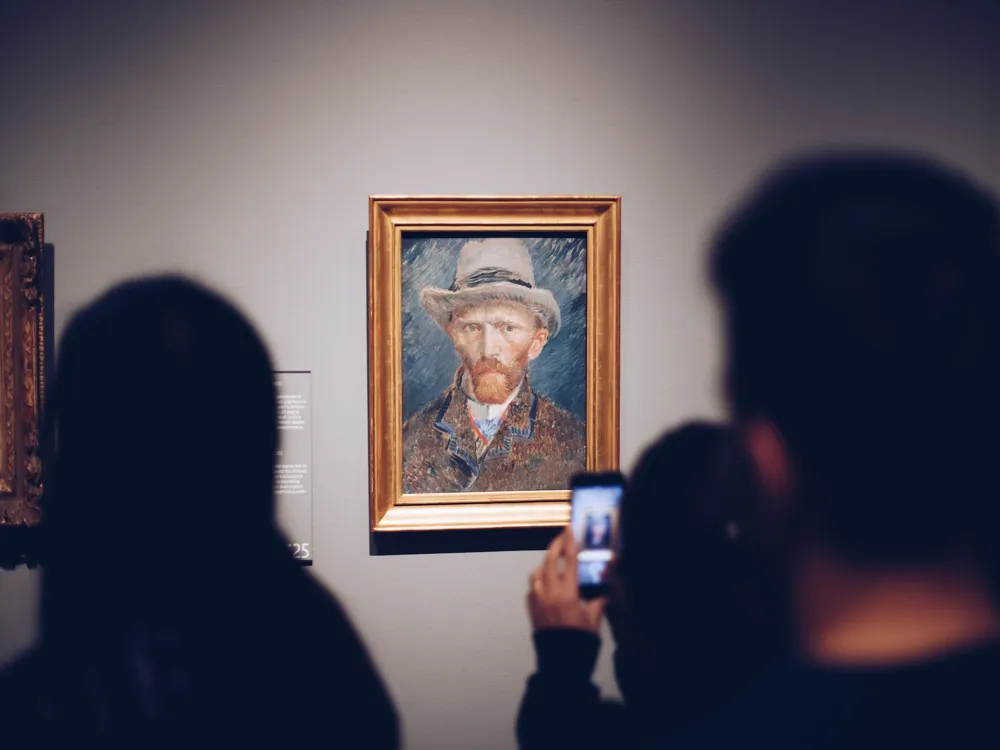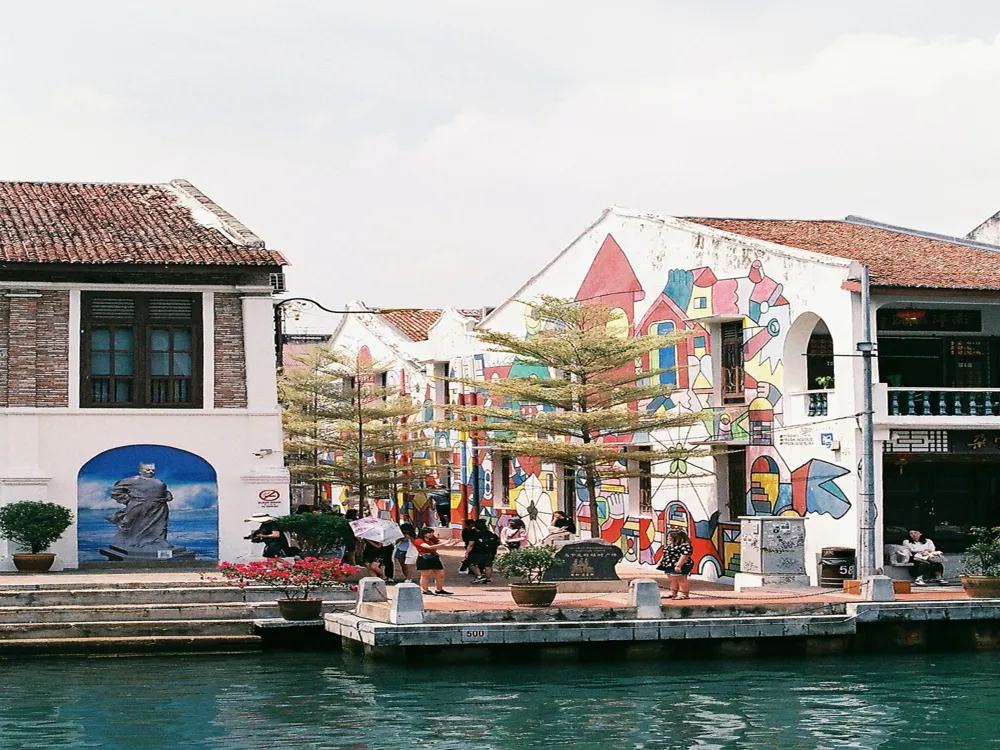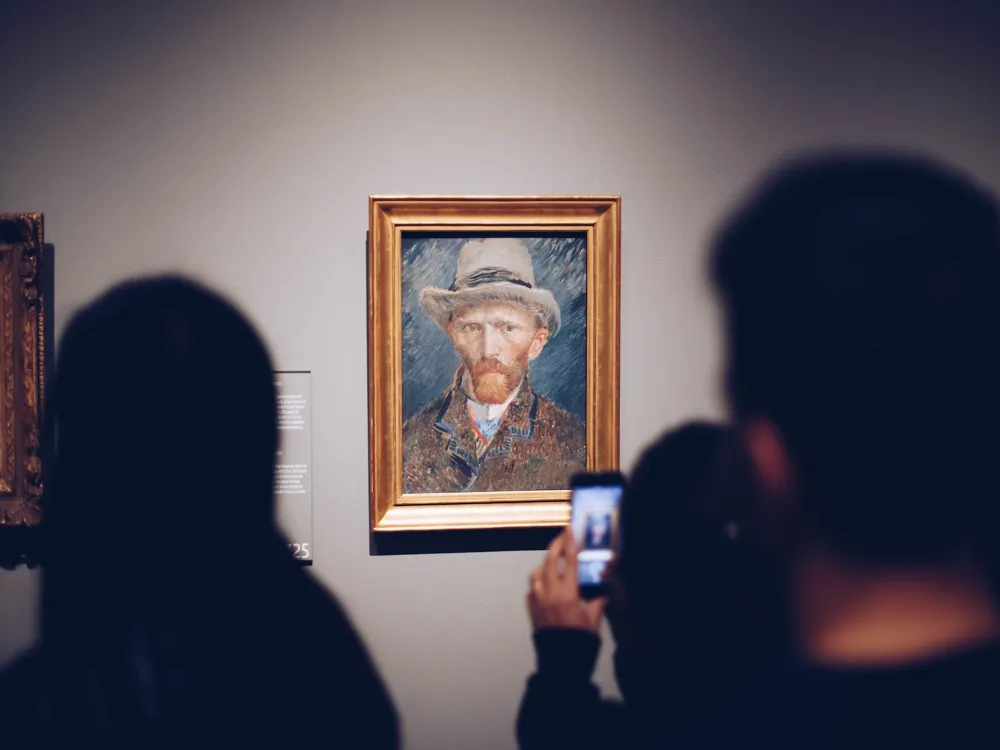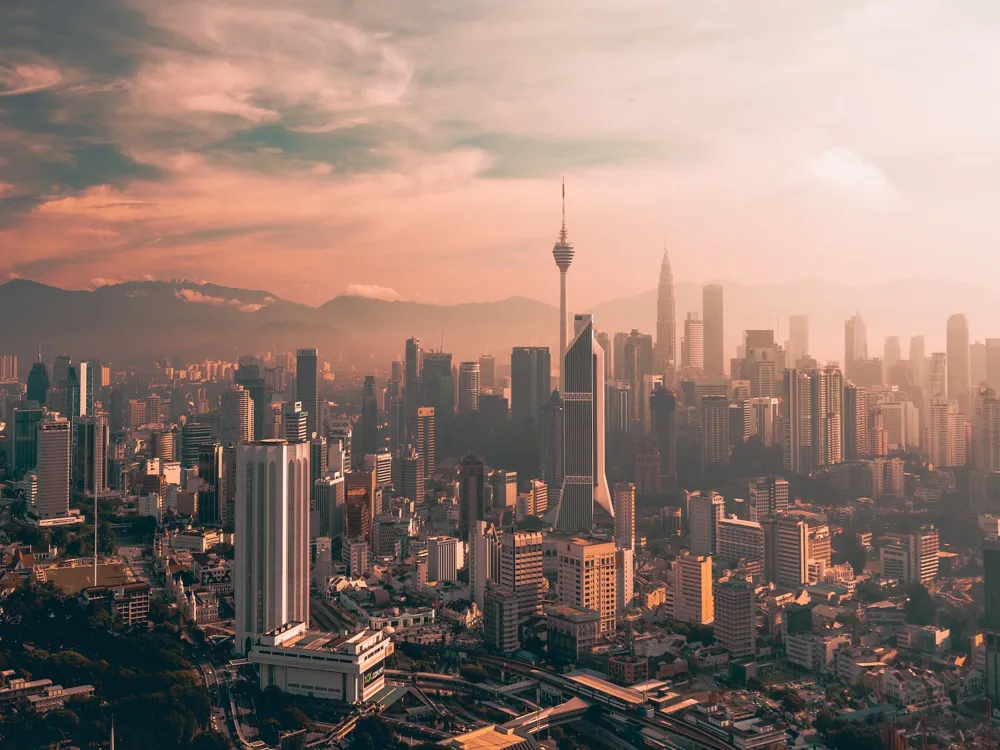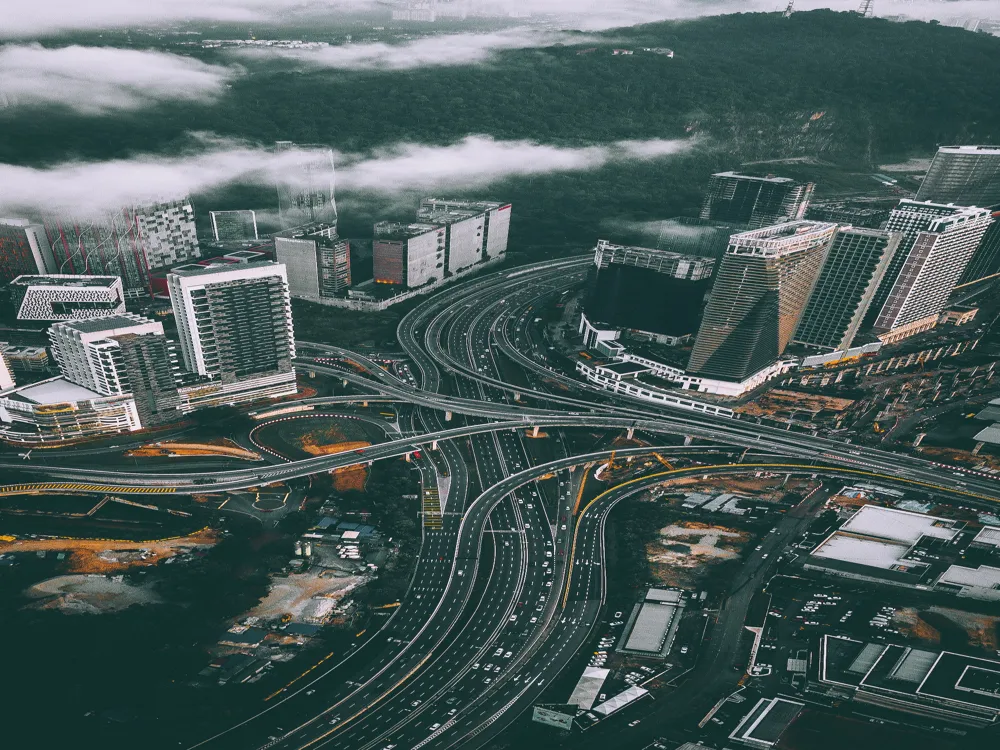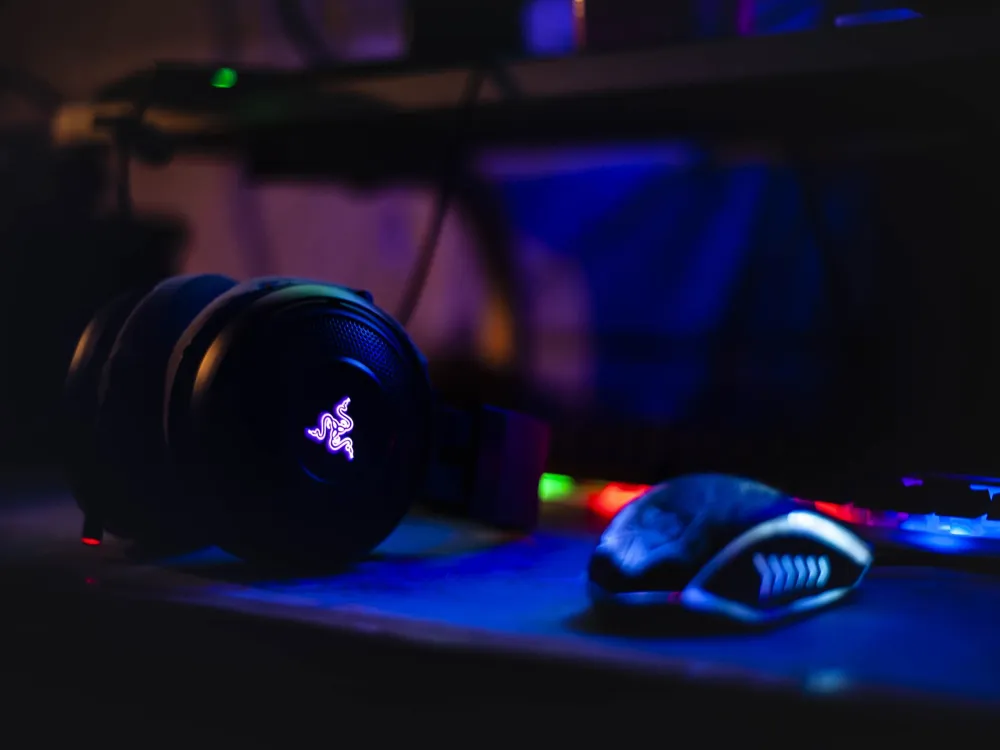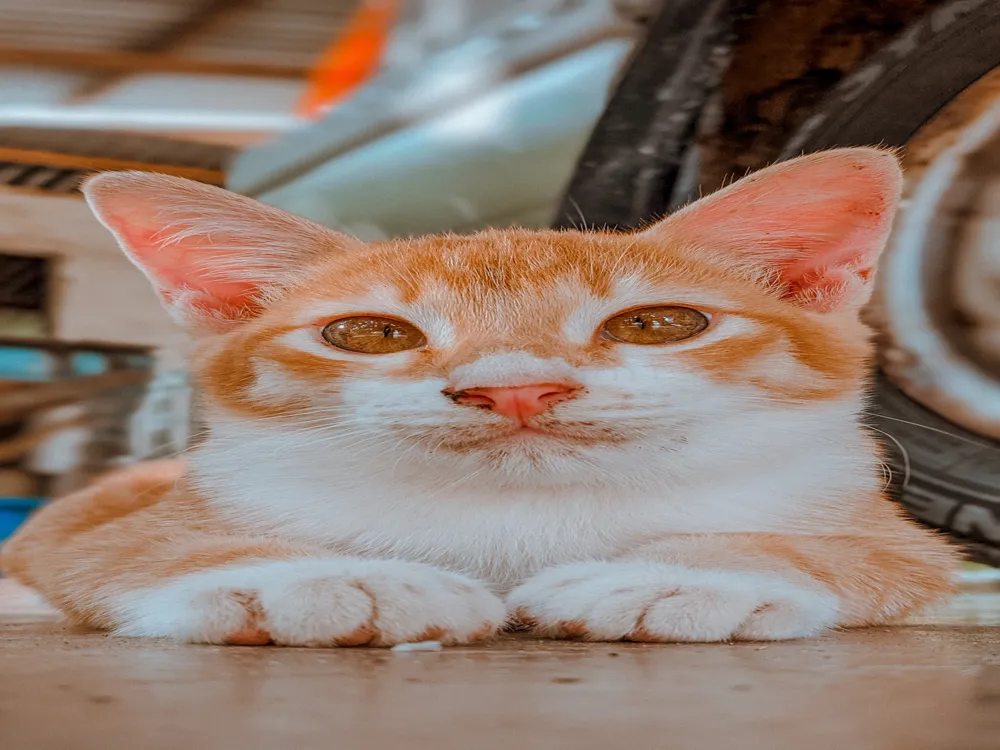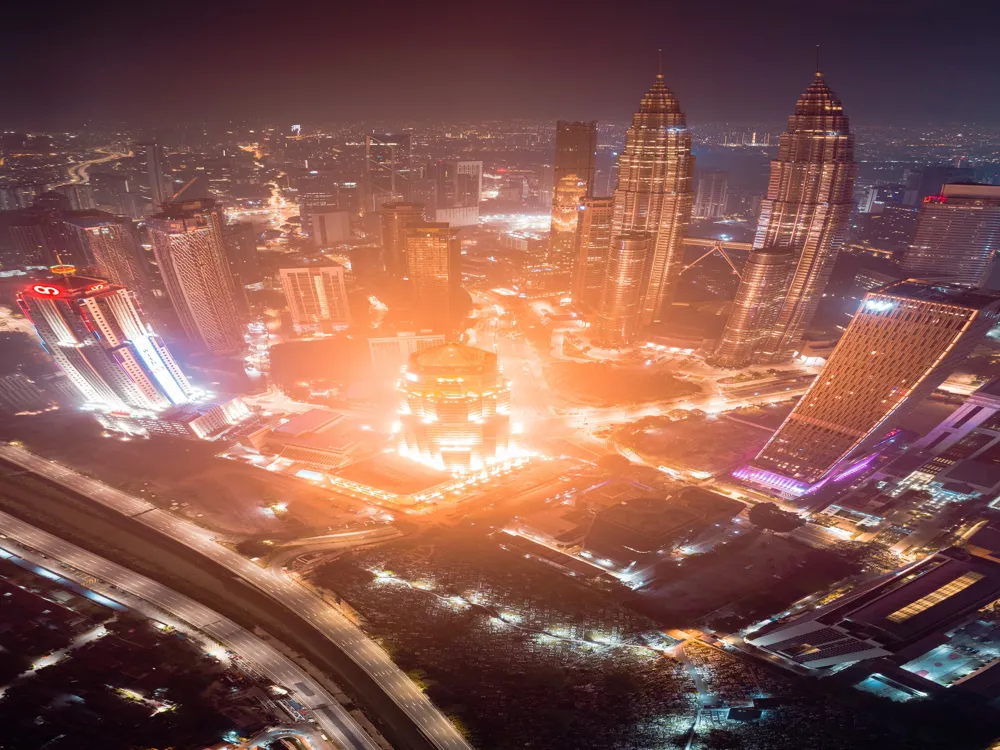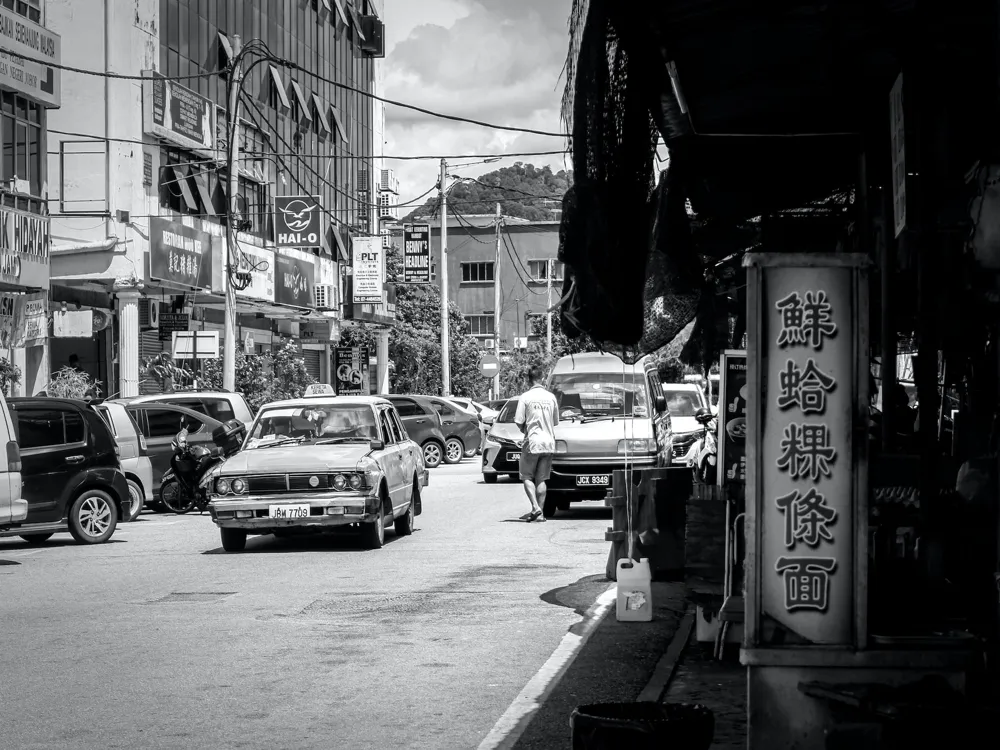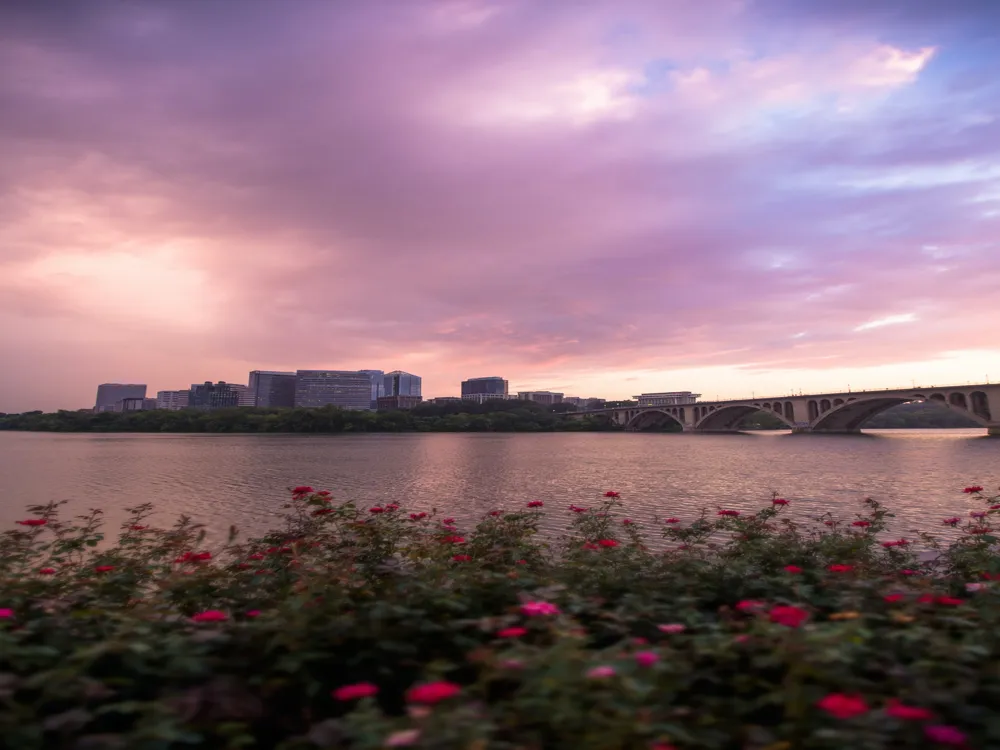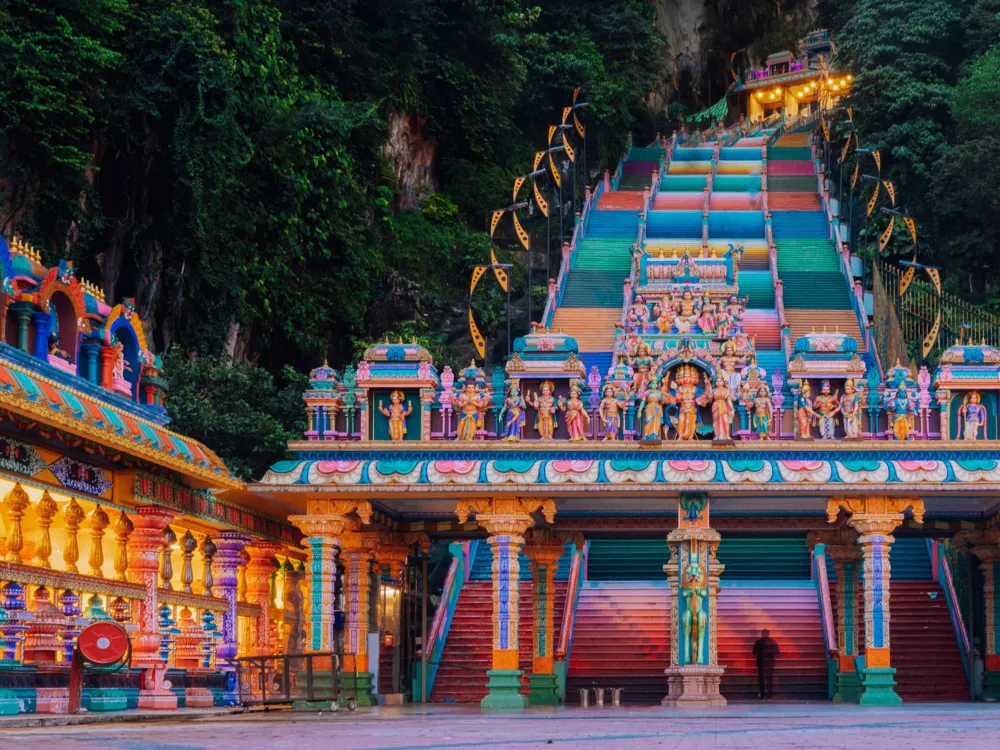The Cheng Ho Cultural Museum is a significant historical site located in the heart of Melaka, Malaysia, offering a rich insight into the maritime history of the early 15th century. Named after the legendary Chinese admiral Zheng He (Cheng Ho), who visited Melaka during his expeditions, the museum is dedicated to preserving his legacy and the historical relationship between Malaysia and China. It's a place where history enthusiasts and casual visitors alike can immerse themselves in the tales of maritime exploration, cultural exchange, and the vibrant history of Melaka. Spanning several restored buildings, the museum showcases a wide array of exhibits, including replicas of ancient ships, historical artifacts, and detailed records of Zheng He's journeys. These exhibits are not only valuable for their historical significance but also for the insight they provide into the ancient trade routes, diplomatic missions, and cultural interactions of the time. The museum's architecture, which reflects the fusion of Chinese and local Malayan styles, adds to the authenticity of the experience, transporting visitors back to the heydays of Cheng Ho's maritime adventures. Additionally, the museum plays a crucial role in promoting cultural understanding and historical awareness. Through its educational programs, interactive tours, and cultural events, it offers a platform for learning and dialogue. Whether you are a history buff, a cultural enthusiast, or simply curious about the past, the Cheng Ho Cultural Museum is a treasure trove of knowledge waiting to be explored. The architecture of the Cheng Ho Cultural Museum is a fascinating blend of Chinese and Malay design elements, mirroring the cultural synthesis that Zheng He's expeditions facilitated. The museum, set in a series of interconnected traditional shop houses, reflects the architectural style prevalent during the 15th century in Melaka. The buildings have been meticulously restored to their former glory, offering a glimpse into the historical and architectural heritage of the region. The museum complex features several distinct buildings, each serving a specific purpose and contributing to the overall narrative of Zheng He's journeys. The main building, with its striking red and gold facade, immediately captures the attention of visitors. This building houses the primary exhibits and is adorned with intricate carvings and traditional Chinese motifs, symbolizing prosperity and good fortune. The use of vibrant colors and detailed ornamentation is a hallmark of Chinese architectural aesthetics and is prominently showcased here. Adjacent to the main building are smaller structures that served as living quarters, meeting spaces, and storage facilities. These buildings display a more subdued style, with an emphasis on functionality and simplicity. The integration of open courtyards, ornate wooden doors, and tiled roofs reflects the Malay influence and provides a serene and inviting ambiance. The careful restoration of these structures has ensured that original materials and construction techniques were preserved, maintaining the authenticity of the architectural experience. The museum's layout is also significant, as it is designed to lead visitors through a chronological journey of Zheng He's life and expeditions. The flow from one exhibit to another is seamless, with each space complementing the next, creating a cohesive narrative that is both educational and engaging. This thoughtful design not only enhances the visitor experience but also pays homage to the historical significance of the site. Before visiting the Cheng Ho Cultural Museum, it's advisable to plan your trip. Check the museum's opening hours and consider allocating at least 2-3 hours for a thorough exploration of the exhibits. If possible, visit during weekdays to avoid the weekend crowds. Consider joining a guided tour for a more insightful experience. The museum offers guided tours in various languages, providing in-depth information about the exhibits and the history of Cheng Ho. As the museum is a place of cultural significance, visitors are encouraged to dress respectfully. Comfortable and modest clothing is recommended, especially if you plan to explore the surrounding area of Melaka. Photography is allowed in most areas of the museum, but be sure to check for any restrictions. Flash photography may be prohibited in certain sections to preserve the artifacts. The museum is generally accessible, but some areas may have limitations due to the historic nature of the buildings. Visitors with mobility issues are advised to inquire about accessibility options in advance. Reaching the Cheng Ho Cultural Museum is convenient, as it is located in the central part of Melaka, close to many other historic attractions. Visitors can opt for various modes of transportation to get to the museum: For those driving, the museum is easily accessible via major roads and highways. Parking is available in the vicinity, but it can be limited, especially during peak tourist seasons. Public transportation is a convenient option. Buses and taxis are readily available throughout Melaka, and the museum is a well-known destination among local drivers. If you're staying in the central area of Melaka, the museum is within walking distance from many hotels and guesthouses. Walking also provides the opportunity to explore the rich cultural heritage of Melaka's streets. Read More:Overview of Cheng Ho Cultural Museum
Architecture of Cheng Ho Cultural Museum
Tips When Visiting Cheng Ho Cultural Museum
Plan Your Visit
Guided Tours
Dress Appropriately
Photography
Accessibility
How To Reach Cheng Ho Cultural Museum
By Car
By Public Transport
By Foot
Cheng Ho Cultural Museum
Melaka
NaN onwards
View melaka Packages
Weather :
Tags : Museum
Time Required : 1-2 hours
Timings : 9:00 AM - 6:00 PM
Entry Fees : Adult: RM 20
Children (below 12 years): RM 10
The ticket is inclusive of a video presentation.
Planning a Trip? Ask Your Question
Melaka Travel Packages
View All Packages For Melaka
Top Hotel Collections for Melaka

Private Pool

Luxury Hotels

5-Star Hotels

Pet Friendly
Top Hotels Near Melaka
Other Top Ranking Places In Melaka
View All Places To Visit In melaka
View melaka Packages
Weather :
Tags : Museum
Time Required : 1-2 hours
Timings : 9:00 AM - 6:00 PM
Entry Fees : Adult: RM 20
Children (below 12 years): RM 10
The ticket is inclusive of a video presentation.
Planning a Trip? Ask Your Question
Melaka Travel Packages
View All Packages For Melaka
Top Hotel Collections for Melaka

Private Pool

Luxury Hotels

5-Star Hotels

Pet Friendly








